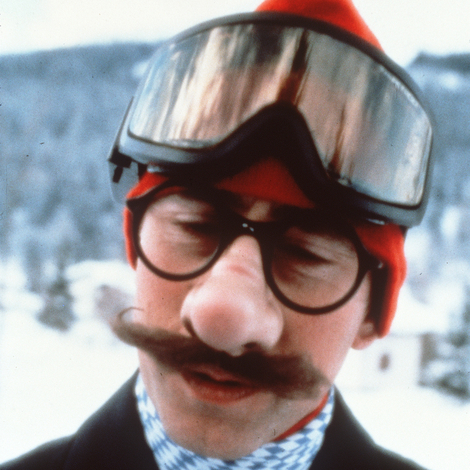Princess Diana has been claimed as many things over the decades. A feminist and an anti-feminist. The pride of the British aristocracy and a heroine to gay people and ethnic minorities. Yet the cornerstone of her reputation, at home and abroad, has always been her identity as a mother.
Diana saw motherhood as the key to attaining personal happiness. By raising a happy family, she hoped to salve the wounds she’d suffered in her own childhood. Yet motherhood was also the vehicle of her immense ambition. Despite popular depictions of Diana as a walking, talking length of tulle, she had a sense of historical mission that rumbled away beneath that famously bashful exterior. Her lofty aim was to transform the British monarchy by molding her sons into new types of princes, “modern” and relatable in a way that no British royals had ever been.
Diana also intended for her boys to be raised “more English” than her royal in-laws, whom she regarded, essentially, as old-fashioned Germans. Indeed, at the time of William’s birth, the U.K. press celebrated that Diana’s heritage would make her firstborn the most authentically British monarch in centuries.
Consequently, Diana became the most scrutinized, examined, and fantasized mother in British history. Official portraits projected her as a modern iteration of 19th-century royal mothers—soft, demure, virginal. Yet the British press documented her life as the type of mother that millions of women could recognize: running barefoot in the mums’ race at a school sports day; riding the log flume with her children at a theme park; dropping the kids off at school, dressed in leggings and a baggy sweater. One newspaper even featured a comic strip that fancifully imagined Diana’s life with the children behind the walls of Kensington Palace. The quotidian business of being a mother had never been covered in such detail.
In a sense, Diana was a mother for the whole nation. She emerged into the spotlight just as Margaret Thatcher was attempting to make Britain leaner and meaner in every sense. Meanwhile, Diana cuddled her kids in public and gave speeches on the importance of having a good old cry. To paraphrase the historian Simon Schama, if Thatcher was the stern nanny who gave Brits their medicine, Diana was the loving mother who smothered them in tactile affection.

Not that the British gave Diana’s mothering unalloyed praise—far from it. Her choice of the boys’ schools, their diet, their Christmas presents … nothing was left uncriticized. One newspaper columnist even castigated Diana (but notably not Charles) for allowing young William to watch Starsky & Hutch before bed.
Outside the U.K., Diana was frequently held up as an ideal mother. In Pakistan, a government minister once cited her as the perfect model for Pakistani women to follow because she decided to have only two children. As I discovered in researching my book Dianaworld, many South Asian women in the U.K. strongly identified with Diana because of her maternal style—and also because her relationship with her husband and in-laws presented strong parallels with their own.
Arguably, it was in the United States where Diana was most celebrated as a mother. Here, though, she was less a model to aspire to and more a glamorous affirmation of pre-existing American ideals. It was in America, for instance, where she most earned praise for taking her children to McDonald’s and Disneyland and raising them as “regular kids,” by which was meant “American kids.” The writer Peter Lefcourt made the idea central to his acclaimed satirical novel of 1994, Di & I, in which Diana escapes the Windsors, moves to America, buys a McDonald’s franchise, and raises the boys as “average American” children with crew cuts, Gap jeans, and Bart Simpson pajamas. One might say that this is a fantasy vision of Diana made real in the person of her American daughter-in-law—although there’s more chance of Harry becoming king than of Meghan setting up shop beneath the Golden Arches.
Diana could be this international, multi-purpose model of motherhood because her unique circumstances allowed her to reconcile in one person a vast range of female identities: ancient and modern, elitist and populist, patriarchal and feminist. She could stand as a shining gold standard of almost any type of mother imaginable—irrespective of how wildly distant the reality of her life was from that of almost every other woman on the planet.
Edward White is a biographer and essayist. His previous books include The Twelve Lives of Alfred Hitchcock. He lives in England

